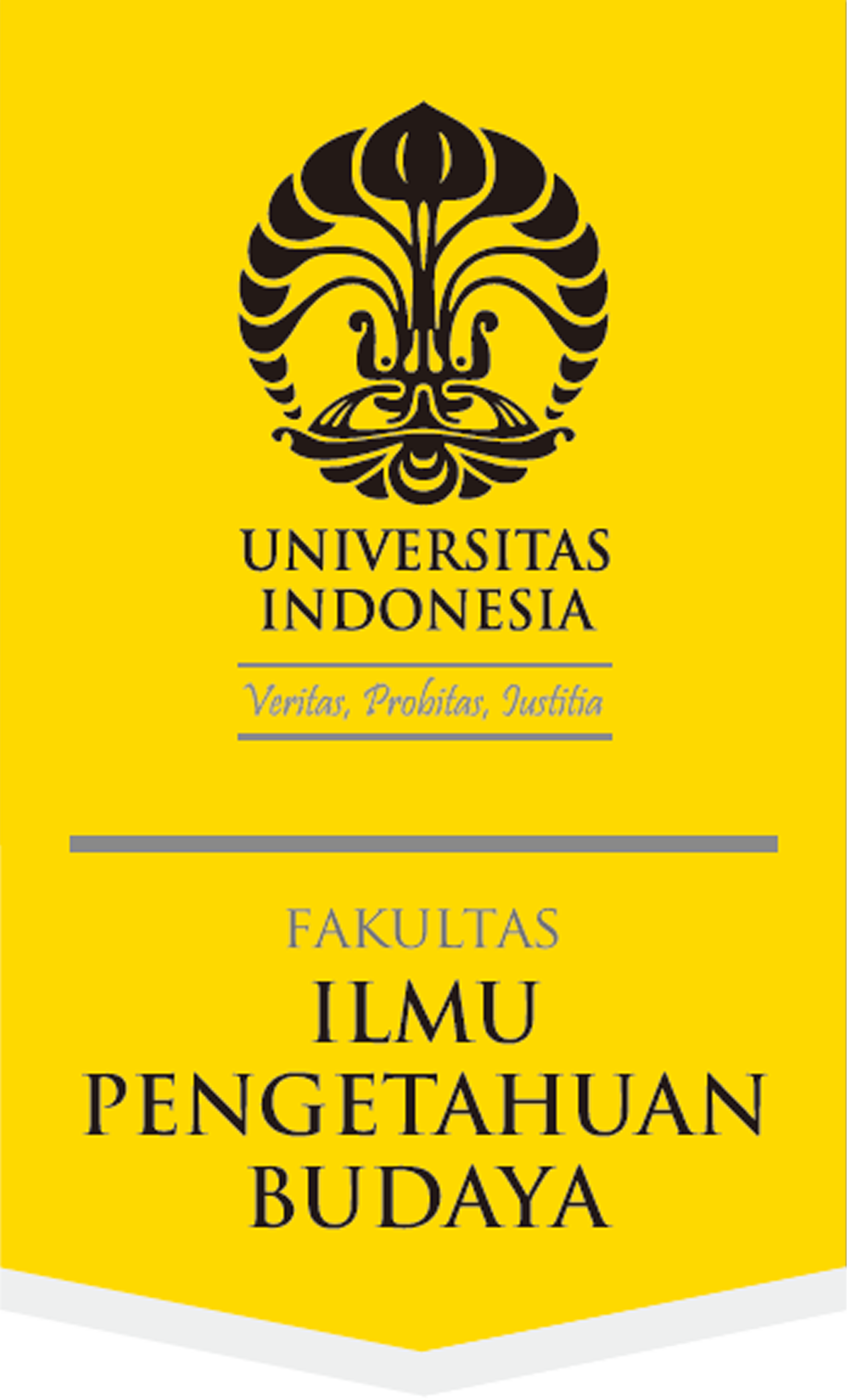Abstract
Don Juan is a myth about a seducer, a man with many love adventures, a women's heat conqueror, and many other predicates. Don Juan as a myth is well-known world wide over, appearing in about 50 writings such as novels, plays, operas. But a French writer Eric-Emannuel Schmitt proposes a new figure of Don Juan in his play La Nuit de Valognes (Night in Valognes): the seducer is judged by five victims and convicted to marry one of his victims in order to stop his adventures. Surprisingly, Don Juan accepts this verdict without conditions. This sudden change becomes the theme of the play: the demythification of Don Juan. A flash back scene shows the beginning of this change and the interpretations that might arise from here. One possible interpretation is proposed and discussed in this paper: Don Juan found the way to a purer love, which is the union with God, and decides to begin his journey. This play can thus be categorised as a sufi text.
References
Horville, Robert (1977), Dom Juan de Molière une dramaturgie de rupture. Paris: Larousse
Molière (1935), Dom Juan ou Le Festin de Pierre. Paris: Larousse.
Rumi, Jalaluddin (2004). Yang Mengenal Dirinya Yang Mengenal Tuhannya. Bandung: Pustaka Hidayah.
Scherer, Jacques (1967), Sur le Dom Juan de Molière. Paris: SEDES.
Schmitt, Eric-Emmanuel (1999), « La Nuit de Valognes », dalam Théâtre. Paris: Albin Michel.
http://www.eric-emmanuel Schmitt.com (28 Juni 2005).
Ubersfeld, Anne (1978), Lire le théâtre. Paris: Editions Sociales.
Recommended Citation
Bachmid, Talha and Muridan, S. Riella R.
(2006)
"Demistifikasi Tokoh Don Juan dalam La Nuit De Valognes Karya Eric-Emmanuel Schmitt,"
Wacana, Journal of the Humanities of Indonesia: Vol. 8:
No.
2, Article 4.
DOI: 10.17510/wjhi.v8i2.234
Available at:
https://scholarhub.ui.ac.id/wacana/vol8/iss2/4









